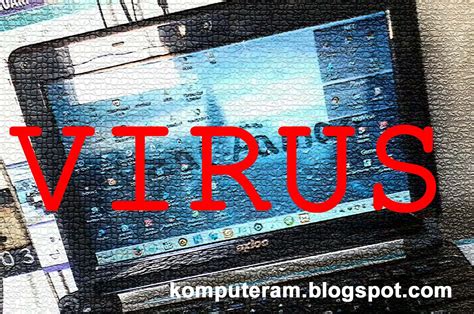Windows 7 Virus Infected? Complete Solution Guide
Is your Windows 7 system under attack from a virus? Don't panic! While a virus infection can be frustrating, this comprehensive guide will walk you through effective solutions to remove the malicious software and restore your system's health. We'll cover everything from preventative measures to advanced troubleshooting steps.
Understanding the Threat: Identifying a Virus Infection
Before diving into solutions, it's crucial to accurately identify if your system is truly infected. Common signs include:
- Slow performance: Your computer runs significantly slower than usual, applications take longer to load, and your system frequently freezes.
- Unexpected pop-ups: Aggressive advertisements or strange windows appear without your consent.
- Suspicious browser behavior: Your default homepage or search engine changes unexpectedly, or you see unfamiliar toolbars.
- Unusual files or processes: You notice new files or processes running in your Task Manager that you don't recognize.
- Data loss or corruption: Files become inaccessible or corrupted, or you experience data loss.
If you observe any of these symptoms, it's time to take action.
Step 1: Safe Mode Boot
The first step in tackling a virus is booting your computer into Safe Mode. This boots your system with minimal drivers and programs, reducing the chance of the virus interfering with the removal process. To access Safe Mode in Windows 7:
- Restart your computer.
- Repeatedly press the F8 key during startup.
- Select "Safe Mode with Networking" from the Advanced Boot Options menu.
Step 2: Run a Full System Scan
Once in Safe Mode, launch your antivirus software and run a full system scan. This process may take some time, depending on the size of your hard drive and the number of files. If you don't have an antivirus program installed, consider downloading a reputable one (though it's best practice to always have one installed proactively!).
Step 3: Remove Malicious Files and Programs
After the scan is complete, your antivirus software should present a list of detected threats. Follow the prompts to remove or quarantine these files and programs. It's crucial to follow the instructions carefully to ensure complete removal.
Step 4: Update Your Antivirus Software
Keeping your antivirus software up-to-date is vital for effective protection. Ensure that you have the latest virus definitions installed to tackle emerging threats. Regular updates are often automated, but it's always good to check manually.
Step 5: Check for System File Corruption
Sometimes, viruses can damage essential system files. Use the System File Checker (SFC) to scan and repair corrupted system files:
- Open Command Prompt as an administrator.
- Type
sfc /scannowand press Enter. - Let the process complete.
Step 6: System Restore (If Possible)
If you have System Restore enabled, you might be able to restore your system to a point before the infection. Access this feature through System Properties in the Control Panel.
Step 7: Reinstall Windows (Last Resort)
In severe cases where the infection is deeply rooted, a clean reinstallation of Windows 7 might be necessary. This involves completely formatting your hard drive and reinstalling the operating system. Remember to back up your important data before attempting this. This should only be considered a last resort, after exhausting all other options.
Preventative Measures: Proactive Protection
The best defense against viruses is a strong offense! Practice good computer hygiene:
- Keep your software updated: Regularly update your operating system, antivirus software, and other applications.
- Be cautious about downloads: Only download software from trusted sources and be wary of suspicious email attachments or links.
- Use strong passwords: Protect your accounts with complex, unique passwords to prevent unauthorized access.
- Practice safe browsing: Avoid visiting suspicious websites and be cautious when clicking on links.
- Install a Firewall: A firewall helps prevent unauthorized access to your computer.
By following these steps and adopting good preventative practices, you can significantly reduce the risk of virus infections and keep your Windows 7 system running smoothly. Remember, acting quickly and decisively is key to resolving a virus infection effectively.
